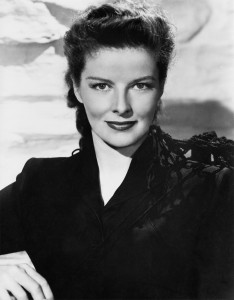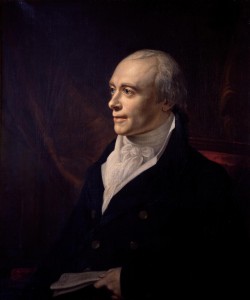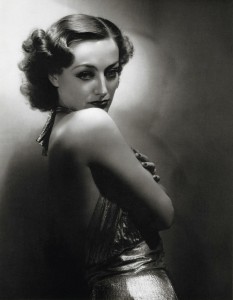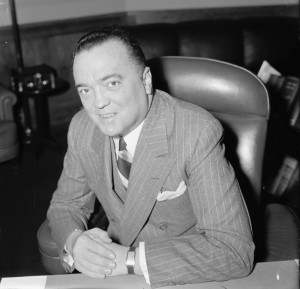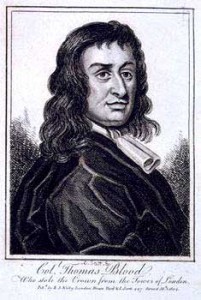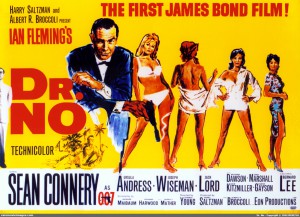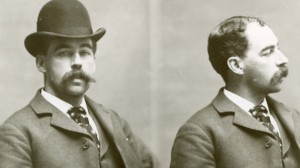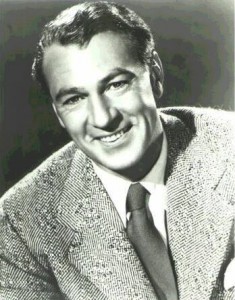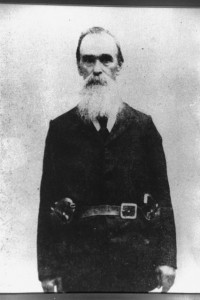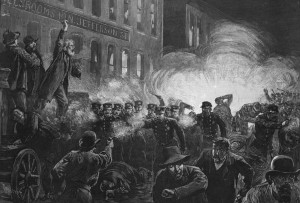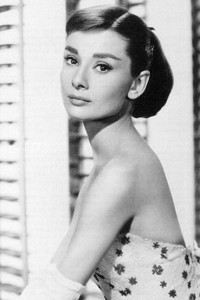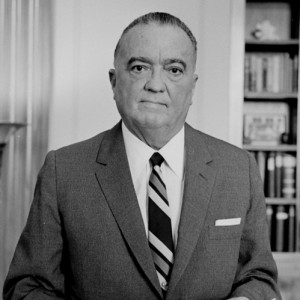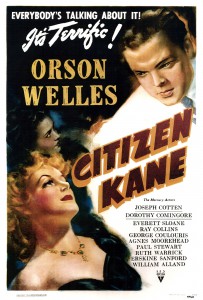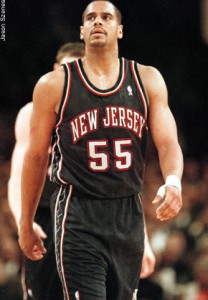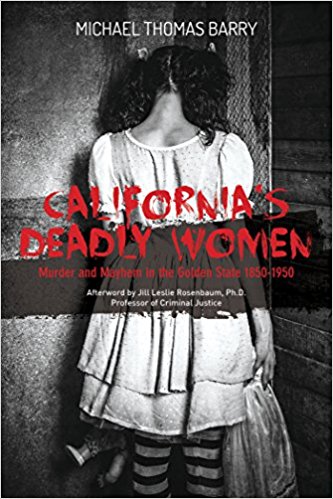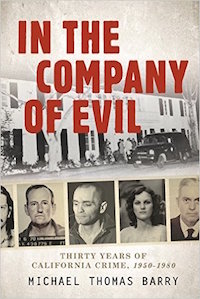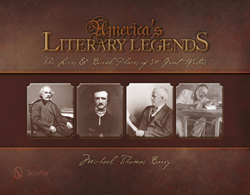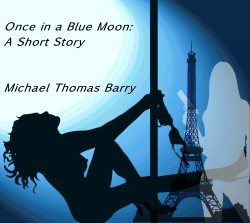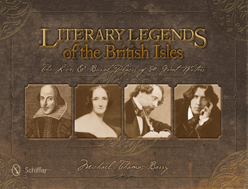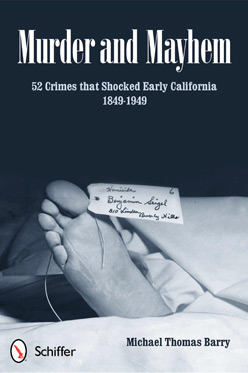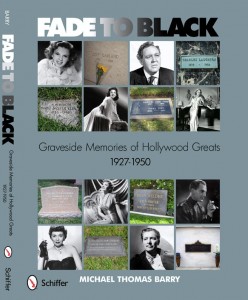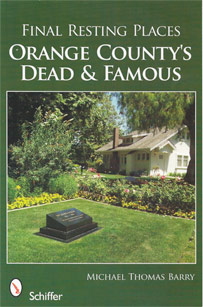05.12
On this day in 1907, actress Katharine Hepburn was born in Hartford, Connecticut.
Because of her performances in such films as The Philadelphia Story and On Golden Pond, will become one of the most celebrated actresses of the 20th century. The daughter of New England intellectuals who stressed rigorous exercise and independent thinking, Hepburn studied at Bryn Mawr College in Pennsylvania and went on to become a stage actress. She first gained notice on Broadway in 1932, for her performance in The Warrior’s Husband. After a screen test, Hepburn signed with RKO studios and landed her first role, in A Bill of Divorcement (1932), starring John Barrymore and directed by George Cukor, who would become Hepburn’s frequent director and one of her closest friends. Critics and fans alike immediately took note of the young actress, with her unconventional beauty and upper-crust New England accent, as a fresh presence on screen. For Morning Glory (1933), only her third movie, Hepburn won an Academy Award for Best Actress. It was the first of 12 Oscar nominations she would garner over the course of her career, a record that would stand until 2003, when Meryl Streep received her 13th nomination. Hepburn would win three more Oscars—for Guess Who’s Coming to Dinner (1967), A Lion in Winter (1968) and On Golden Pond (1981)—but never attended the ceremony to collect any of them.
Hepburn’s next few films with RKO had mixed results, and she became personally unpopular with many for her refusal to play along with the “rules” of fame and glamour that governed the industry. Fiercely independent and strong-willed, she wore trousers and no makeup, and refused to pose for pictures, grant interviews or sign autographs. By then recognized as one of the most talented actresses in Hollywood, Hepburn also earned a reputation for being arrogant and self-absorbed on-set. She appeared more sympathetic in Stage Door (1937) and Bringing Up Baby (1938), although audiences failed to respond to the second film, co-starring Cary Grant and now regarded as a beloved classic.
Though her career was stalled, Hepburn refused to give up; instead, she decided to change gears by buying out her contract at RKO. The change gave her far more control than other performers—and especially other actresses—in the age of the studio system. Hepburn returned to Broadway in 1938’s The Philadelphia Story, written especially for her by Philip Barry. Hepburn’s sometime lover, Howard Hughes, bought the screenplay rights for her, and she sold them to Louis B. Mayer at MGM on the condition that she star. With Grant and Jimmy Stewart signed on, the 1940 film was a huge hit.
In 1942, Hepburn played a political journalist who falls in love with a sportswriter in another hit, Woman of the Year. Her co-star in the film was Spencer Tracy, with whom Hepburn began a romantic relationship that would become one of Hollywood’s most celebrated love stories. A devout Catholic, Tracy was unwilling to divorce his wife, but he lived quietly with Hepburn for the next 27 years. The couple acted in nine films together, including Adam’s Rib (1949), Pat and Mike (1952) and Guess Who’s Coming to Dinner (1967). Tracy died just weeks after shooting was completed on the last film. Hepburn, who had withdrawn from filmmaking for a period of several years to care for her ailing lover, didn’t publicly discuss the relationship until after Tracy’s widow died in 1983. She was married once, to the Philadelphia broker Ludlow Ogden Smith, from 1928 to 1934.
Hepburn continued to appear in films and on television through the 1970s and 1980s and into the 1990s, though she frequently announced that this or that performance would be her last. She also returned to Broadway late in her career, winning praise for her roles in Coco (1969), A Matter of Gravity (1976) and The West Side Waltz (1981). In 1991, she published a bestselling autobiography, Me: Stories of My Life, which impressed fans with its characteristic forthrightness and brisk candor. Hepburn made her final screen appearance in 1994’s Love Affair, a remake of the classic 1939 film. She died on June 29, 2003, at the age of 96.

